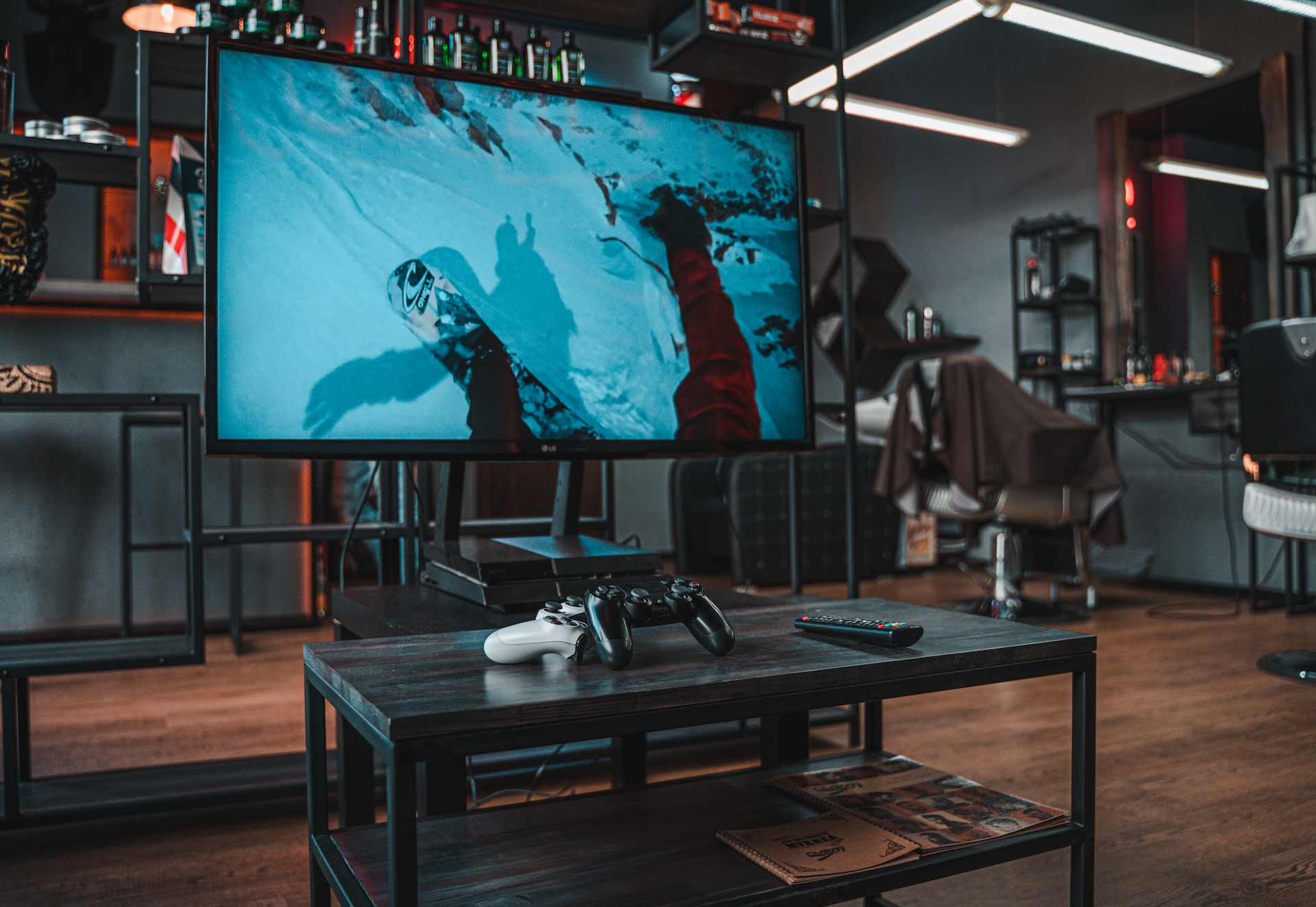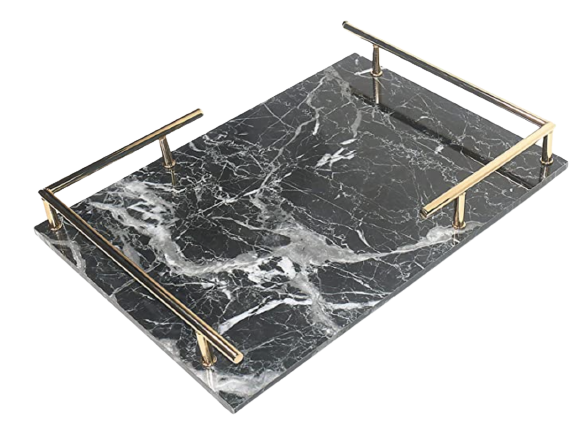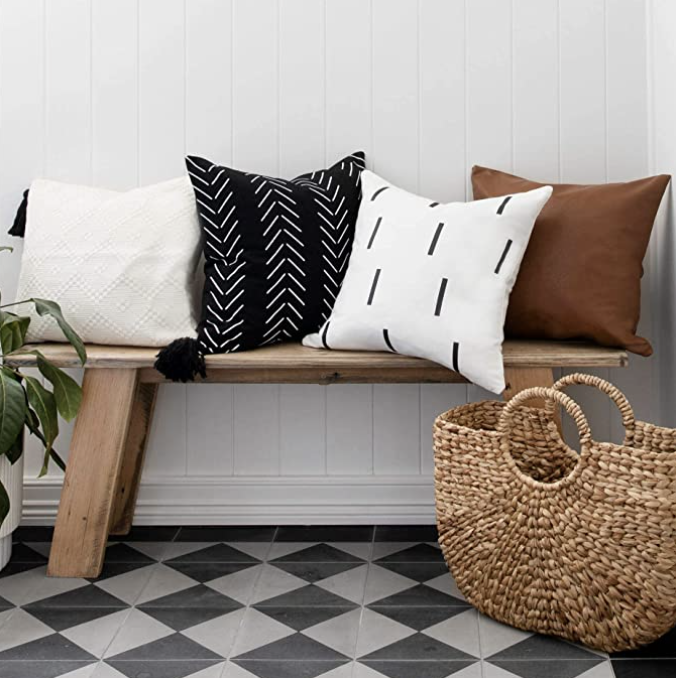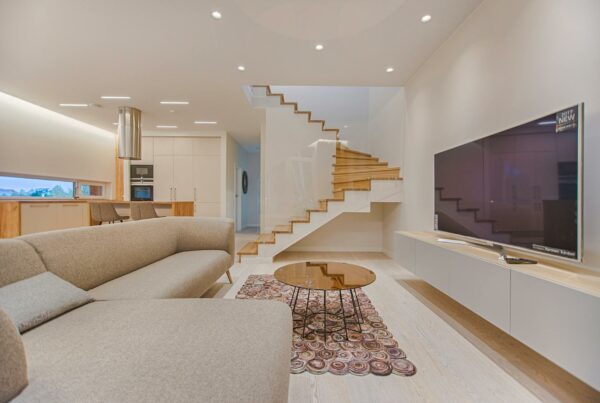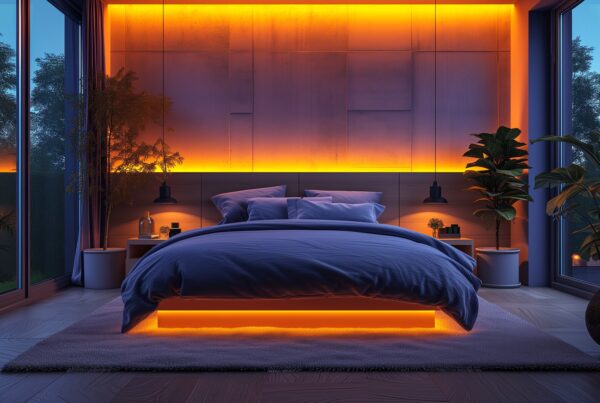Last Updated on January 17, 2024
The perfect home theater blends technology, design, and comfort elements to deliver a truly immersive cinematic experience. After finishing your home design, nothing makes more sense than creating a room dedicated to entertainment.
Yes, elaborate home theaters are expensive endeavors. However, you can follow some key principles to design one on any budget while still delivering an engaging experience.
Install Appropriate Video Display
The foundation for any great home theater is the video display. The screen size should be proportional to the room size and seating distance. For an immersive experience, bigger is better. Projectors can throw a massive image of 100 inches or more for serious cinephiles. Large flat-panel TVs of 80 inches or more are also popular options.
Place the video display on the main wall at eye level when seated, and ensure everyone has a clear line of sight. Surround the screen with black velvet curtains to improve perceived contrast. Experts in residential AV and home theaters can guide you in choosing the ideal system for your needs and budget.
Invest In High-Resolution Audio And Surround Sound Systems
The audio system is equally important for completeness. Look for a multichannel audio receiver that supports at least 5.1 surround sound. This includes left, center, and right front speakers, left and right rear surround speakers, and a subwoofer for deep bass.
Place the front speakers at equal distances from the screen and position the surround speakers to the sides and slightly behind the seating area. Add overhead or upward-firing speakers for Dolby Atmos immersive sound effects. Treat the room with sound absorption panels to improve audio quality.
Ensure Comfortable Seating
Seating is another vital element for comfort and optimal viewing.
Choose comfortable, spacious theater seats with cupholders and swivels for flexibility. Arrange seating in rows, spaced wide enough for legroom and passages. The middle seats typically have the best view. Lounge chairs or sofas facing the screen also work well for more intimacy.
Moreover, place seats at least 1.5x the screen height back from the screen. The room should only accommodate one row if less than 12 feet deep.
Set The Perfect Mood With Lighting
Control lighting to set the mood. Blackout window shades are essential for daytime viewing. Install dimmable lights on a dimmer switch system to vary the lighting levels. Sidewall sconces washing the walls with subtle uplighting create a relaxing vibe. Ceiling lights can illuminate walkways when needed. Use bias lighting behind the screen to reduce eye strain without washing out the image.
Establish Excellent Room Acoustics
Acoustic treatments make a significant impact on sound quality. Install two-to-four-inch acoustic panels on the front wall to absorb the first reflections. Treat side walls and adjacent reflective surfaces, including the ceiling, with panels. Thick absorptive materials like Owens Corning 703 rigid fiberglass boards work best.
For a dedicated room, construct an isolated home theater within a room using multiple layers of drywall for sound isolation.
Consider An Automated Control System
An automated control system enhances convenience. Programmable remote controls, tablets, and smartphones can operate video, audio, lighting, HVAC systems, motorized screens, and window shades. Some systems even offer voice control integration. Control systems cost more but greatly simplify operation compared to individual remote controls. Consider engaging a professional installer to configure an integrated smart home theater system.
Add Fitting Decor And Furnishings
Attention to detail is important for home theater design continuity. Select a color scheme and furnishings that define the room’s character and purpose. Movie poster art, framed classic film cells, and other film-related decor reinforce the theme. Under-seat RGB LED lighting adds a cool accent. Fully carpet the floor to absorb sound. Keep wires neatly organized and hidden for clean aesthetics.
Choose Upgradable Components (Optional But Recommended)
Technology evolves rapidly. To ensure your home theater remains cutting-edge, consider future-proofing your setup. Invest in components that allow for easy upgrades as new technologies emerge. The goal is to create a flexible system that can adapt to advancements in audio-visual technology without requiring a complete overhaul of your setup.
By future-proofing, you ensure that your home theater not only meets current standards but remains a state-of-the-art haven for years to come.
Final Thoughts
Creating an immersive home theater requires combining the correct display, audio system, seating, lighting, acoustics, controls, and decorative details. Proper configuration delivers a cinema-like experience to enjoy movies and music with family and friends. Work with home technology integration specialists to design and install your dream theater within your budget. You can, indeed, build a personal entertainment sanctuary right at home with careful planning and quality gear.


